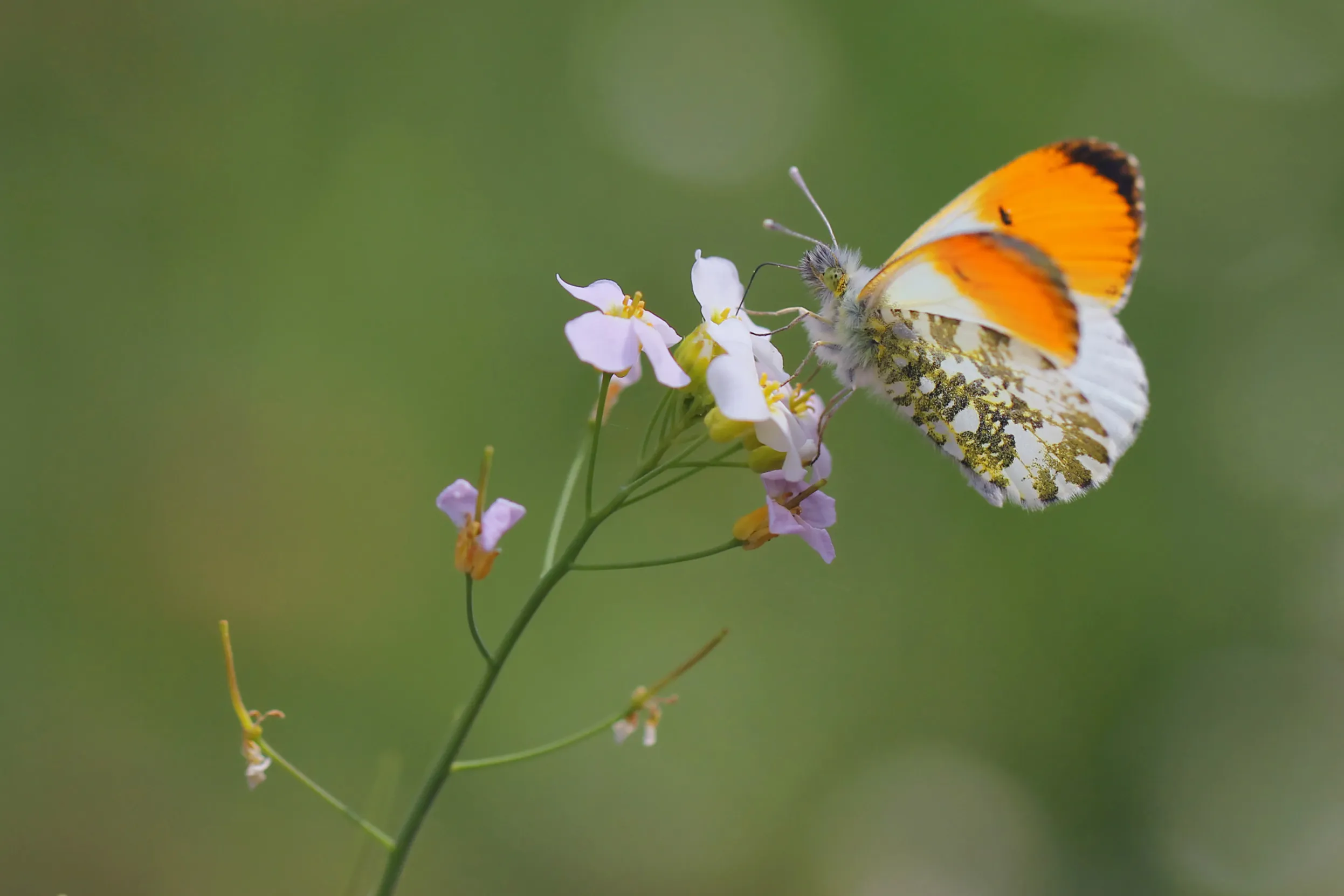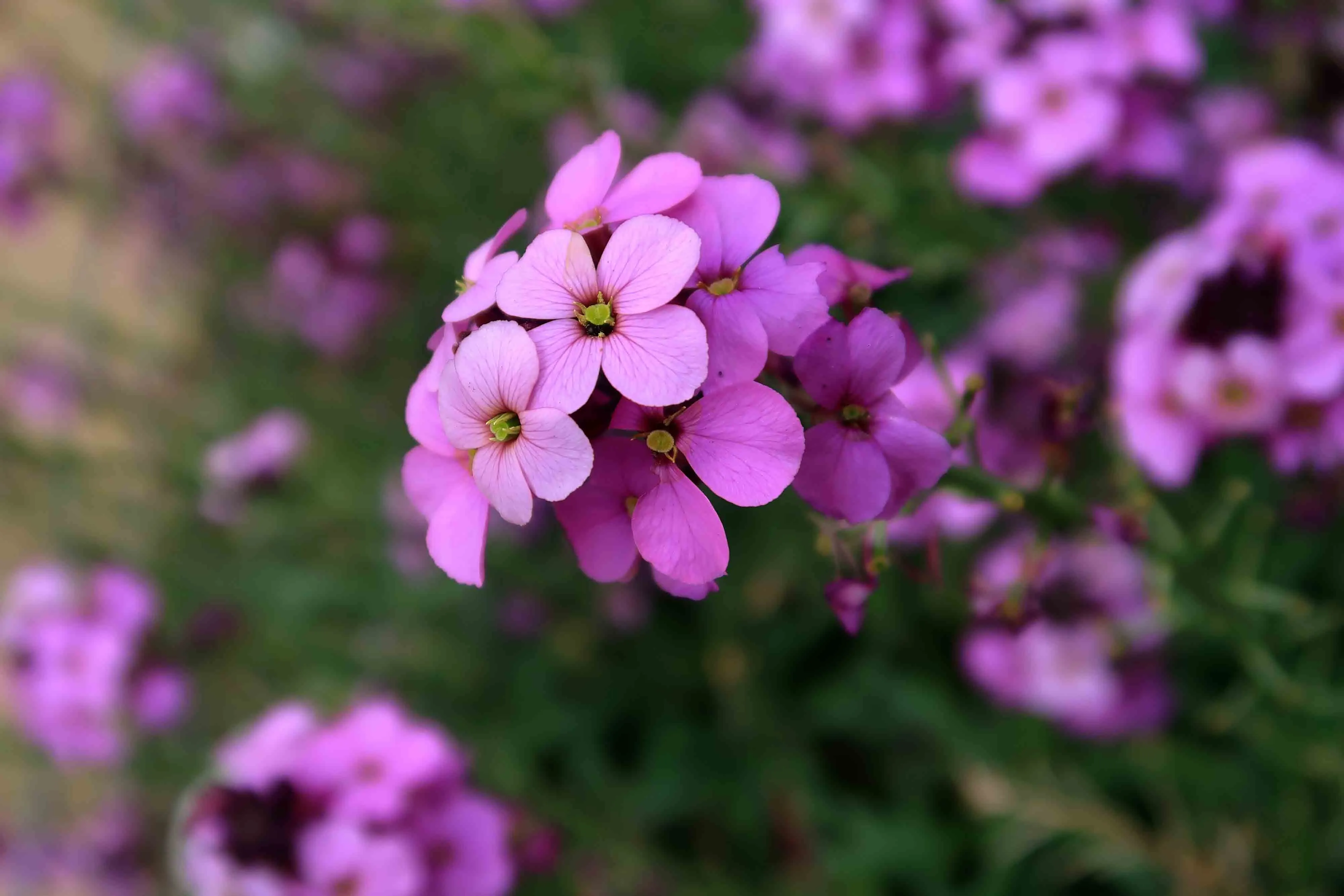
Our guide is full of ideas for welcoming nature into your outdoor space. Put a few of our tips into action and your garden will be buzzing with wildlife in no time.
Attracting butterflies to your garden is easy when you know how.

By picking the right nectar plants and growing them in sunny conditions, you can make your garden a butterfly-friendly haven.
We have some recommendations for each season here:


Look for sunny, sheltered spots – this is where your butterfly plants will produce the most nectar. Plant a nice mix of nectar plants in a cluster, so butterflies can flit from one to the next. A bit like a buffet!
Our guide is full of ideas for welcoming nature into your outdoor space. Put a few of our tips into action and your garden will be buzzing with wildlife in no time.
Download The Free Guide

Our guide is full of ideas for welcoming nature into your outdoor space. Put a few of our tips into action and your garden will be buzzing with wildlife in no time.